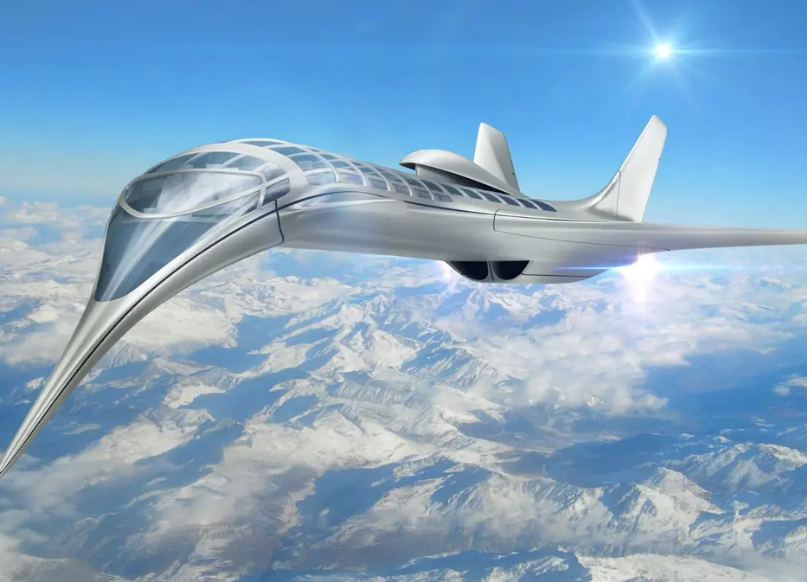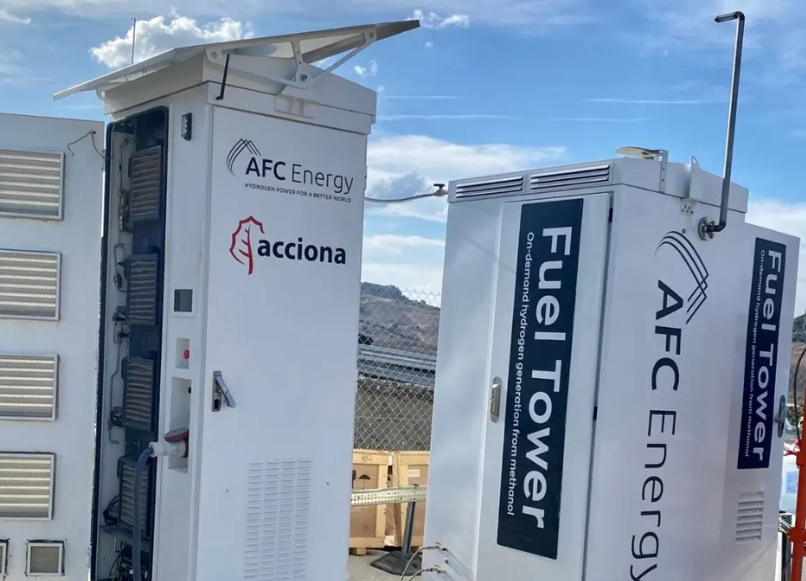Hydro-Electric
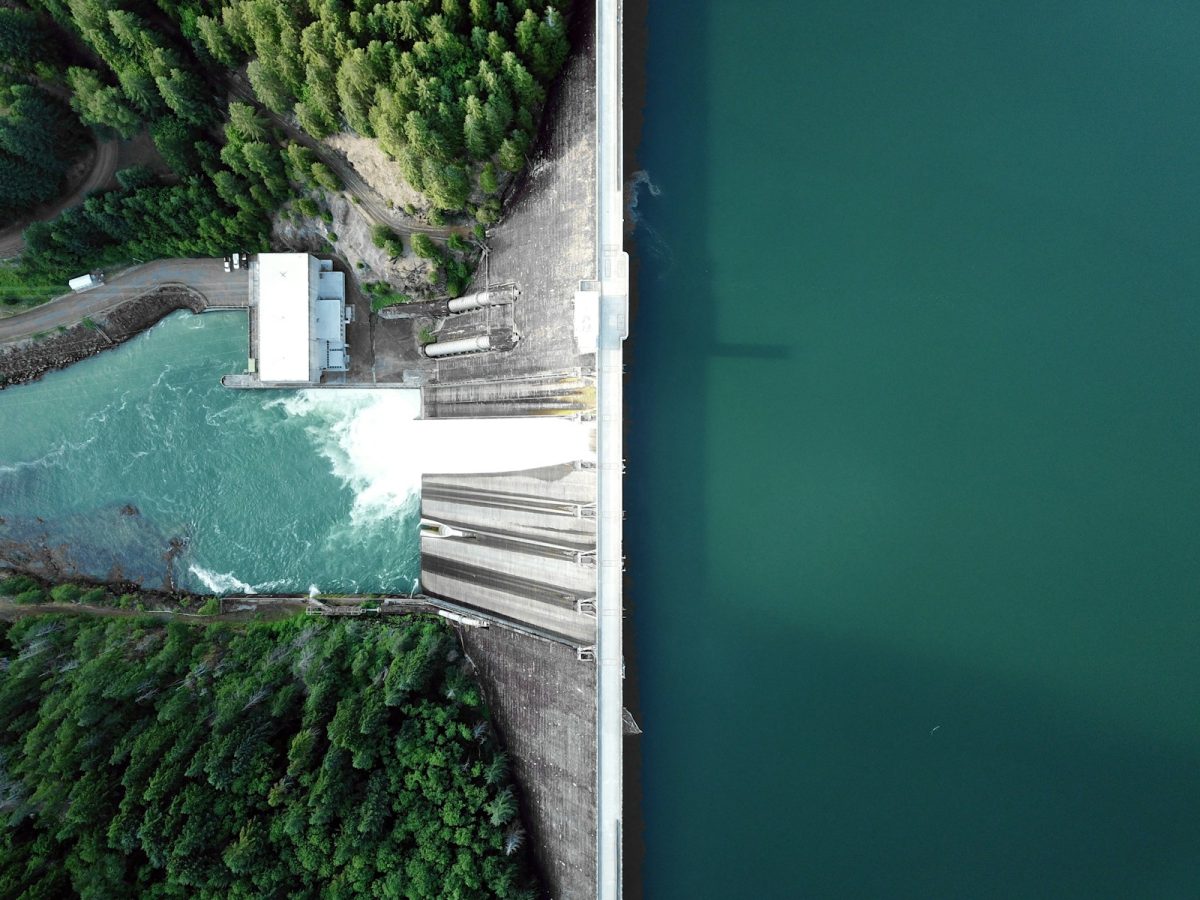
The History of Electric Dams
Read Story
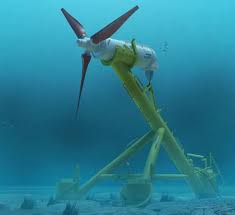
Worlds Most Powerful Under Water Turbine
Read Story
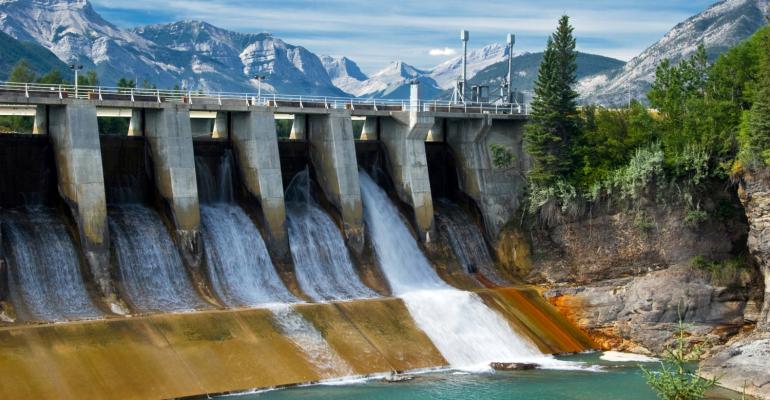
Pros and Cons of Hydroelectric Energy
Read Story
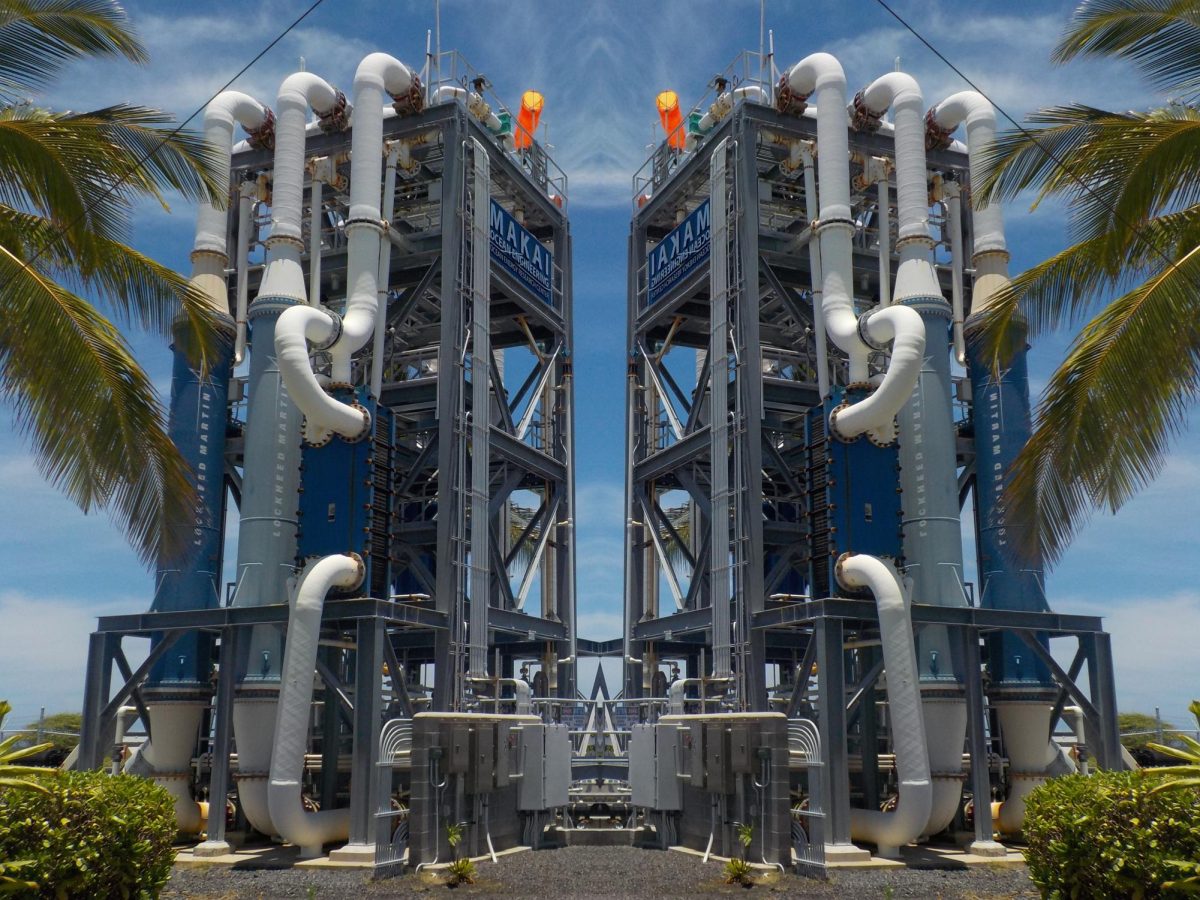
Ocean Thermal Energy Conversion
Read Story
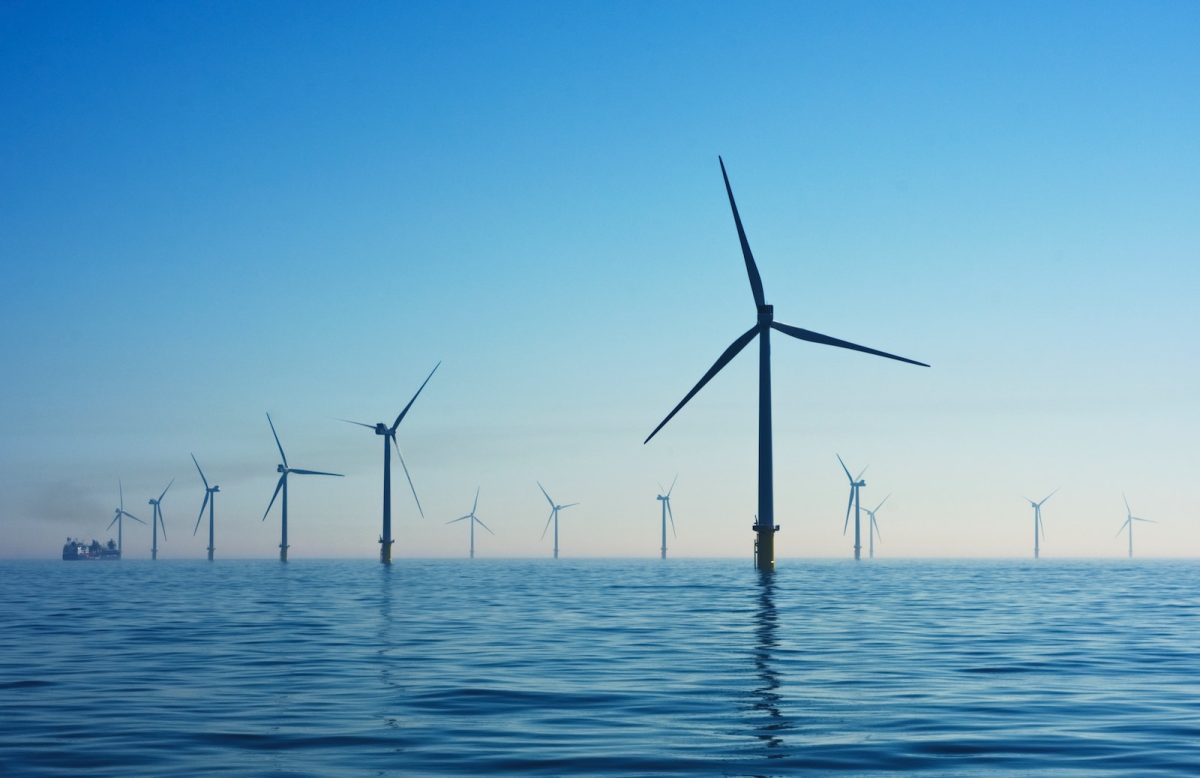
The Promise of Sustainable Energy
Read Story
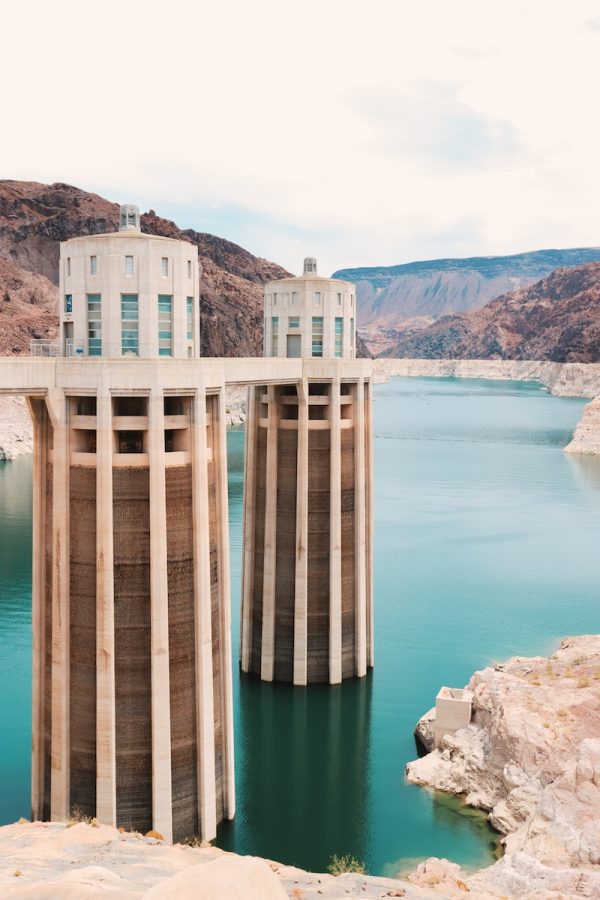
The Hoover Dam: an engineering masterpiece
Read Story

Smart Sprinkler Controller
Read Story
